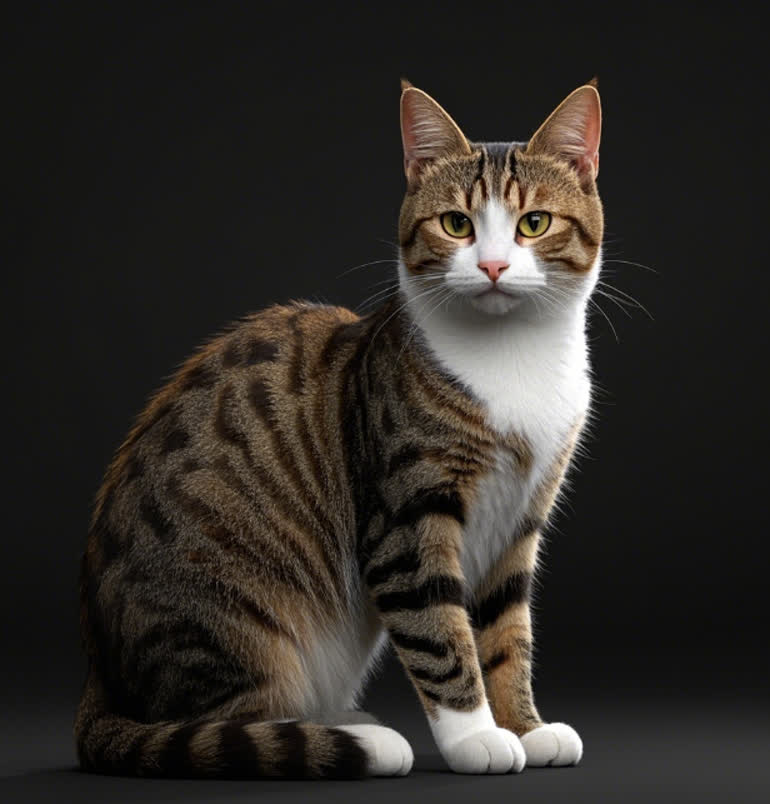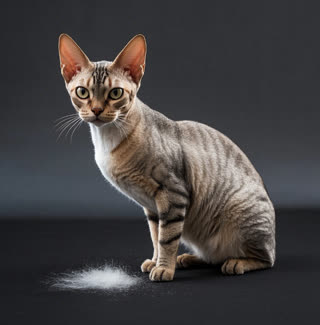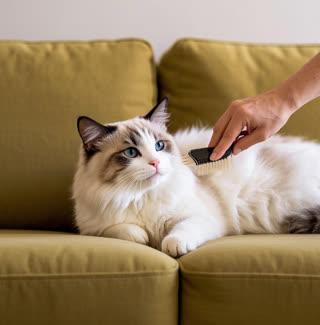For millions of cat lovers with allergies, the concept of "hypoallergenic cats" sparks hope—a feline companion that won’t trigger sneezing, itching, or other allergic reactions. But what’s the reality behind these claims? Let’s separate fact from fiction.
Contrary to popular belief, allergies to cats aren’t caused by their fur. The primary culprit is Fel d 1, a protein found in cat saliva, urine, and skin glands. When cats groom themselves, this protein spreads onto their fur, dries, and becomes airborne, entering the respiratory system of sensitive individuals. While all cats produce Fel d 1, the amount varies based on factors like age (kittens produce less), gender (males produce more), and genetics.
No cat is entirely hypoallergenic, but certain breeds are marketed as producing fewer allergens. Here’s a breakdown of common "low-shedding" or "low-allergen" breeds:
Sphynx: Often mistaken for hairless, they have fine, downy fur and minimal shedding. Their lack of a dense coat reduces allergen spread, though regular bathing is needed to minimize oils on their skin.
Balinese and Siamese: Long-haired breeds with silky coats that shed less than others. Regular grooming can further reduce dander.
Devon Rex and Cornish Rex: These curly-haired cats have sparse, fine fur, minimizing allergen distribution.
Siberian: Some studies suggest this breed may produce lower levels of Fel d 1, though the reason remains unclear. Their thick fur requires frequent brushing to control shedding.
Breeders often highlight hypoallergenic traits, but there’s no universal standard for labeling cats as such. Even within a "low-allergen" breed, individual cats can vary in Fel d 1 production. For example, a Sphynx might still trigger allergies in someone highly sensitive. Additionally, environmental factors like grooming habits and home cleanliness play a significant role in allergen exposure.
If you’re determined to share your home with a cat despite allergies, here are practical steps:
Regular Grooming: Brushing and bathing your cat reduces dander and saliva residue.
Air Purifiers: HEPA filters trap airborne allergens.
Allergy Medications: Over-the-counter antihistamines can 缓解 symptoms.
Home Cleanliness: Vacuum frequently and keep living areas dust-free.
Trial Period: Foster a cat for a few weeks to gauge your reaction before adoption.
Companies like Allerca have experimented with genetically modified cats to reduce Fel d 1 production, but these are costly and not widely accessible. Meanwhile, researchers are exploring diets containing anti-Fel d 1 antibodies to neutralize allergens in saliva, though results are preliminary.
Hypoallergenic cats are not a cure-all, but certain breeds may reduce allergic reactions for some people. The key is managing expectations and understanding that no cat is 100% safe for allergy sufferers. By combining breed selection with proactive allergen control, many allergy-prone individuals can enjoy feline companionship—with fewer sneezes.
For severe allergies, consult an immunologist before bringing a cat into your home. Remember, responsible ownership and a clean environment are your best allies in this journey.










